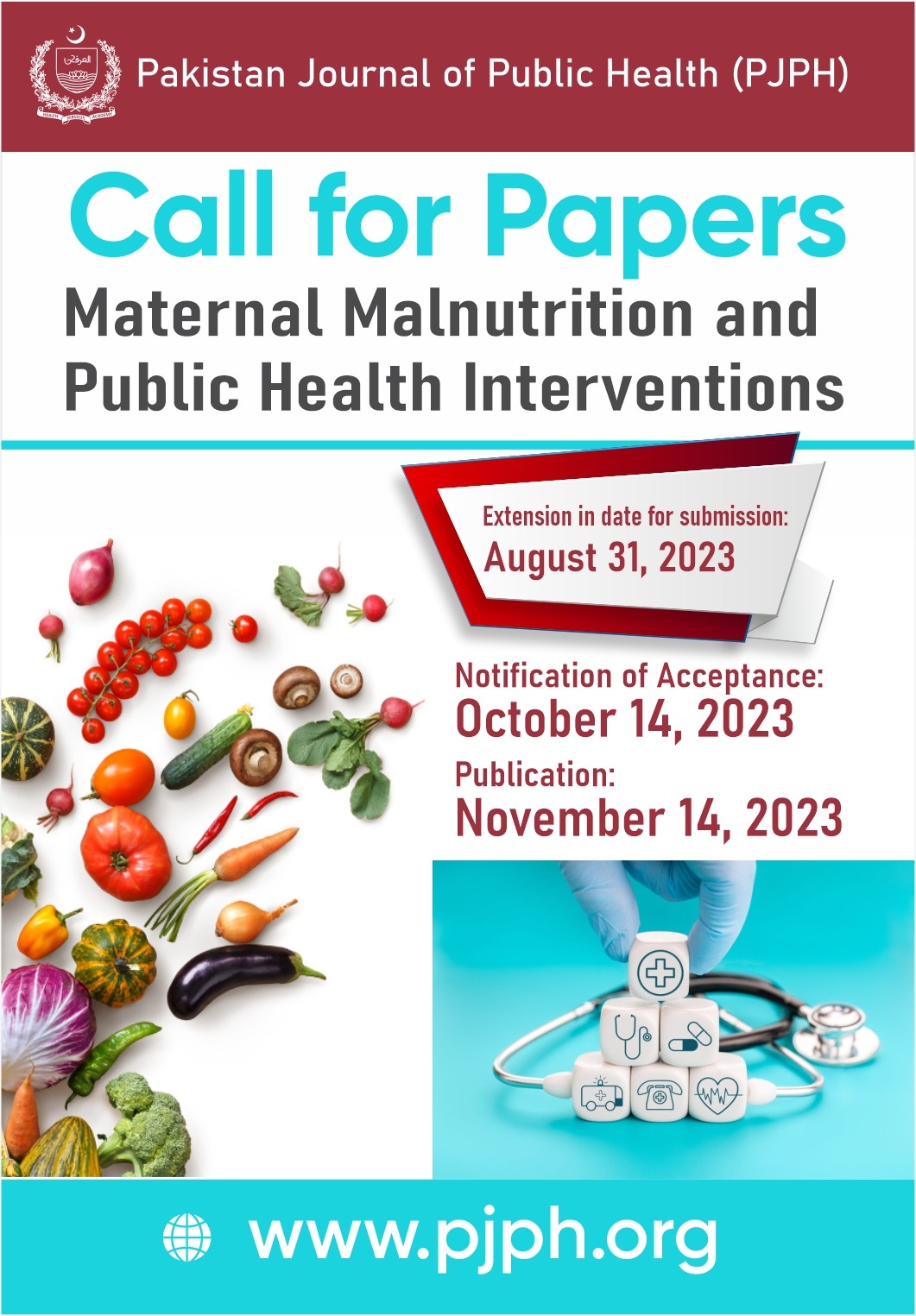Resources for Preventing and Responding to Violence Against Children in Islamabad Capital Territory Pakistan
DOI:
https://doi.org/10.32413/pjph.v10i2.493Keywords:
Prevention of Violence Against Children in Pakistan, Resources for Violence Against Children in Islamabad Pakistan, Child maltreatment and public health, child abuse and public health, Violence against children in PakistanAbstract
Violence against children (VAC) is a serious problem with many millions of children being affected globally with serious health, social, and economic consequences. WHO has published an evidence-based framework (INSPIRE: Seven strategies to end Violence against Children), suggesting that prevention and effective response to VAC can be achieved through strategies directed at changing and modulating certain determinants. INSPIRE identifies 1) implementation of laws, 2) changing norms & values, 3) safe environments, 4) parent and caregiver support, 5) income and economic strengthening, 6) response and support services, and 7) education & life skills as areas where efforts can yield maximum impact. Our objective was to review the literature on available resources in the capital of Pakistan (Islamabad Capital City) to establish current state of affairs in terms of prevention and response to VAC.
Resources for prevention and response to VAC according to the INSPIRE framework are discussed. We have found that laws are mostly ambiguous, implementation is rare; norms promote early and arranged marriages for girls, allow corporal punishment and child labor, shun all dialogue around sex and sexuality, and overtly prefer male offspring; many children live and work on the street; no large-scale programmes for parent and caregiver support to improve prevention and response to VAC were found; some income support programmes exist but they are unlikely to be organized or integrated with other services; some response and support services were found from both the public and private sectors, yet their effectiveness has not been established; life skill programmes are announced but even among the expensive private schools, only a few teach life skills. Although estimated to be high, there is no official data available on VAC, therefore the quantum of the problem cannot be ascertained.
All relevant sectors will have to collaborate to bring about meaningful progress in child protection, prevention of VAC, and wellbeing of children. Preventive interventions and trauma-informed care by the health-sector are urgent needs. Formation of a central body for children’s affairs can ensure exclusive budget allocation to address child-specific issues, co-operation and collaboration from all concerned, and community and stakeholder participation. A comprehensive information system, effective large-scale interventions, and context-specific research are required to improve the state of available resources.
Downloads
Published
Issue
Section
License
Copyright (c) 2021 Pakistan Journal of Public Health

This work is licensed under a Creative Commons Attribution-NonCommercial 4.0 International License.






